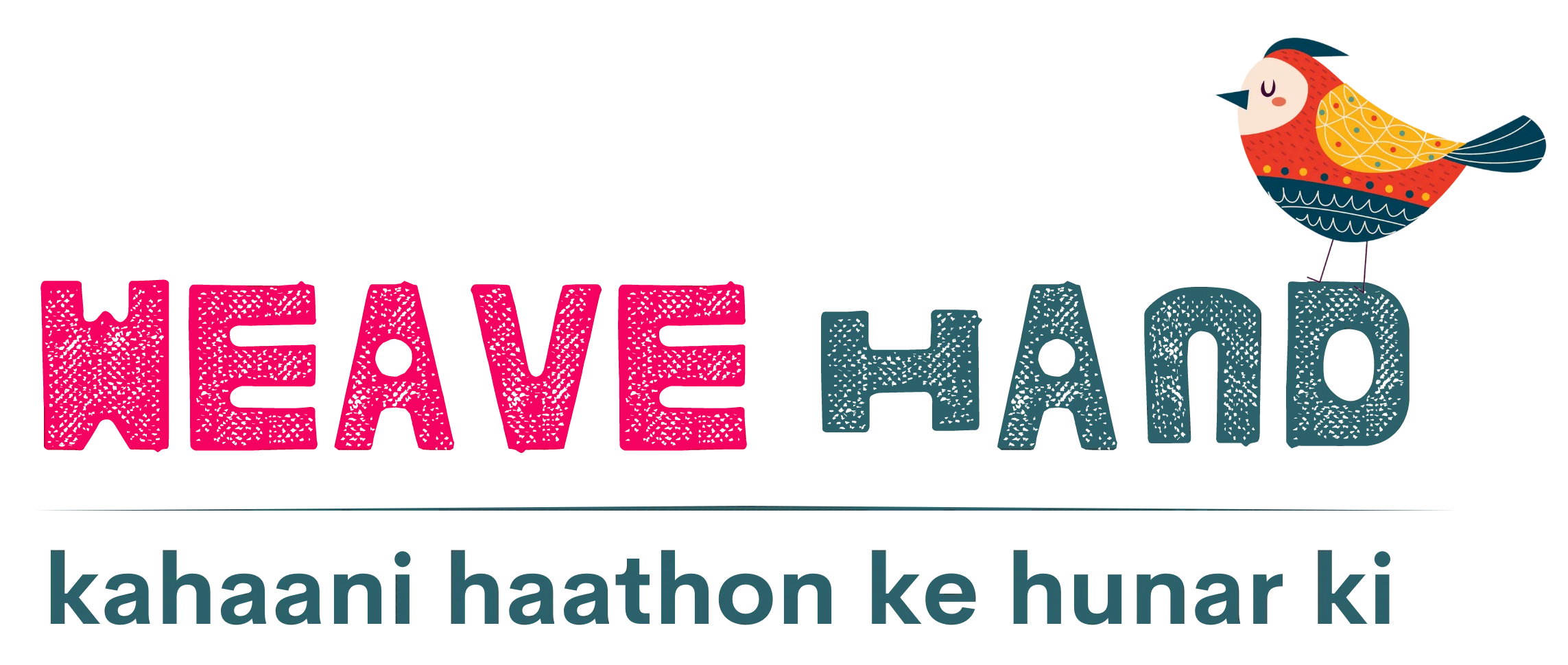India is known for its rich cultural heritage and traditional textiles that have been passed down from generation to generation. Handloom and handicrafts have played a significant role in preserving these textiles and keeping the tradition alive. In this blog, we will explore how handloom and handicrafts are preserving traditional Indian textiles.
Handloom and Handicrafts - A Brief Introduction
Handloom refers to a loom that is operated manually, with the weaver using their hands and feet to control the loom. Handicrafts, on the other hand, refer to any item that is made by hand using traditional techniques. Both handloom and handicrafts have been an integral part of Indian culture for centuries.
Preserving Traditional Indian Textiles
India has a rich history of traditional textiles that are made using various techniques and materials. These textiles are not only an important part of the Indian culture but also have immense economic and social significance. Handloom and handicrafts have played a vital role in preserving these textiles.
Handloom weavers use traditional techniques to create beautiful fabrics that are unique to each region. Each region in India has its own style of weaving, with distinct patterns and designs. For instance, the famous Banarasi silk sarees from Varanasi are made using a unique weaving technique that has been passed down from generation to generation. Handloom weavers also use natural dyes, which are eco-friendly and sustainable.
Handicrafts are another way of preserving traditional Indian textiles. Skilled artisans use traditional techniques to create beautiful products such as handcrafted bags, wall hangings, and other home decor items. Handicrafts are not only aesthetically pleasing but also have a high cultural value.
The Role of Handloom and Handicrafts in the Indian Economy
Handloom and handicrafts are an essential part of the Indian economy. These industries provide employment to a large number of people, especially in rural areas. Handloom weavers and artisans form the backbone of these industries, and their contribution to the Indian economy cannot be ignored.
In recent years, there has been a renewed interest in handloom and handicrafts. Many fashion designers are incorporating traditional textiles into their designs, giving these fabrics a modern twist. This has led to an increase in demand for handloom and handicraft products, providing a boost to the Indian economy.
Conclusion
Handloom and handicrafts play a vital role in preserving traditional Indian textiles. These industries not only help in keeping the tradition alive but also provide employment to a large number of people. The use of natural dyes and traditional techniques also makes these fabrics eco-friendly and sustainable. The renewed interest in handloom and handicrafts is a positive development for the Indian economy, and we hope that these industries continue to thrive in the years to come.
